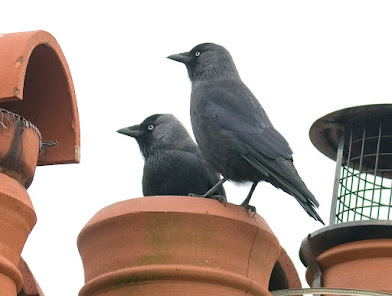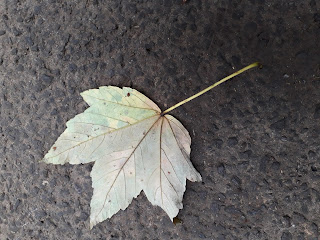News about seasonal changes at Filnore Woods and how to get involved as a volunteer, if you want to. As well as things seen and done at FILNORE WOODS, THE BLOG WILL INCLUDE THINGS YOU CAN SEE IN YOUR STREET OR GARDEN. To get regular updates, you used to be able to enter your email address in "FOLLOW BY EMAIL" (just below on the right) But this seems to have stopped working so GOOGLE 'FILNORE WOODS BLOG' AND FOLLOW 'FILNORE WOODS' ON FACEBOOK
Sunday, 28 November 2021
Thursday, 25 November 2021
TRAVELLER'S JOY
Monday, 22 November 2021
GREEN AND GOLD
Bracken before it turns brown
'Hold out the feather you found last night
in the bracken. All it can offer is already
there in your hand.'
From 'Bracken' by Kai Carlson-Wee
Friday, 19 November 2021
FEATHERS
Tuesday, 16 November 2021
FUNGI
Saturday, 13 November 2021
HIGH STREET BIRDS
Wildlife is not confined to the countryside. Wild flowers grow in cracks in our pavements and along stone walls. And birds enjoy the green spaces of gardens, which are frequently more wildlife friendly than intensively farmed agricultural land.
Here are two bird species which enliven a walk down the High Street at this time of year.
We have our resident Jackdaws, acrobats of the air. When you hear their cheerful 'CHACK' calls, look up to see the family groups chatting and squabbling on the chimney pots.
Unfortunately if your chimney is not protected, they may well drop sticks down until one lodges and forms the foundation for a nest. This can be a problem if the chimney is still in use as (a) you may get a lot of smoke in the house and (b) you may get a whole nest including birds in your fireplace.
Much as I like jackdaws, if your chimney is still in use, protect it as in the pictures below.
Photo: Walden Chimney Sweeps
The other High Street bird that you may hear and see at this time of year is the pied wagtail. They chirrup from the rooftops and forage on the pavements for insects, running after them and suddenly stopping, with their tails pumping up and down with excitement.
Photo: Mike Read
I have occasionally seen whole flocks of them twittering in streetside trees at dusk before they roost for the night.
Thursday, 11 November 2021
SEEDS GERMINATING
Sunday, 7 November 2021
ASH LEAF-FALL
Friday, 5 November 2021
COMMON MAPLES

































